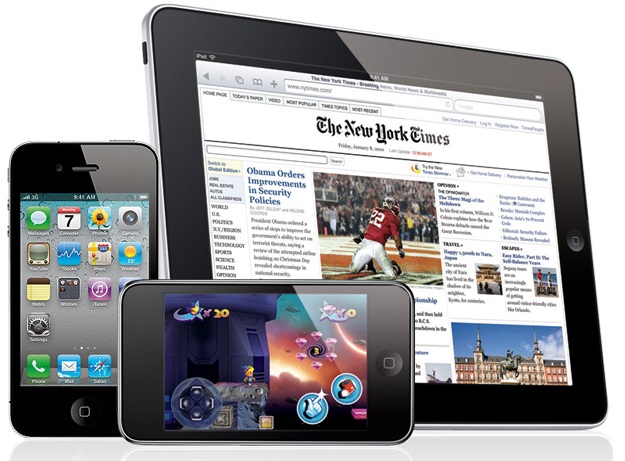
Touchscreen smartphones have been dominating mobile sales for a while now. With their rise we’ve begun to see a relatively fast uptick in the percentage of Web traffic coming from these devices. Back in July 2009, mobile phones made up only .89 percent of Web traffic, but two years later, that number has more than quintupled, now reaching more than 5 percent, according to NetMarketShare. In the United States, this trend is greater, with the iPhone, Android, iPad, and BlackBerry making up 8.2 percent of all Web browsing.
Here is the U.S. breakdown by device:
- iPhone: 2.9%
- Android: 2.6%
- iPad: 2.1%
- Blackberry: 0.57%
- Symbian: 0.03%
- Java ME: 0.02%
- Windows Mobile: 0.02%
Interestingly, though Android devices now outnumber the iPhone by a good margin, this hasn’t translated to a lead in browsing as the iPhone continues to lead the pack. The iPad also continues to make a real mark on the computing world, itself owning 1 percent of all Web browsing on the Internet and 2.1 percent in the United States. This news comes about 15 months after the tablet debuted in April 2010.
We’re not sure if NetMarketShare counts Windows Phone 7 under the Windows Mobile category (we hope it does), but this shows how much ground Microsoft has to gain to catch up with Apple and Google. Oh, and that Java ME .02 percent of the browsing share represents practically all non-smartphones (feature phones), which hold more than 50 percent of the market. Browsing is not getting any more popular on lower-end devices, it seems.
Editors' Recommendations
- Stop! Don’t buy this iPad at Best Buy today
- Apple is about to do the unthinkable to its iPads
- We finally know when Apple will announce its 2024 iPads
- This iPad just got a rare discount — save $100 at Best Buy
- Best iPad deals: Save on iPad Air, iPad Pro, iPad Mini for the New Year


